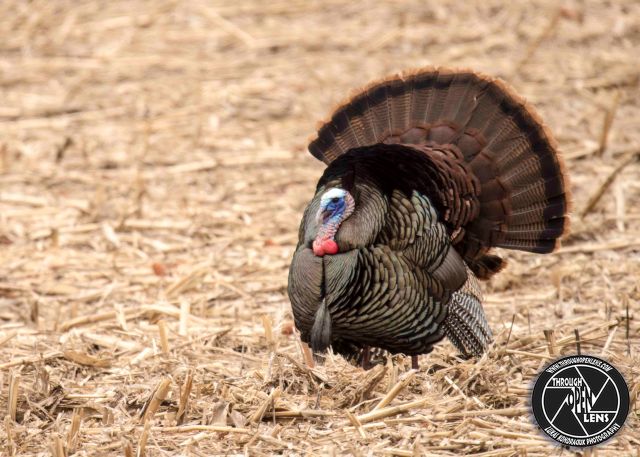F/9.0, 1/320, ISO 400.
Golden-crowned Kinglet
Two fish in a tank
one says to the other, “How do you drive this thing?”
Interesting Fact: Each of the Golden-crowned Kinglet’s nostrils is covered by a single, tiny feather. ( https://www.allaboutbirds.org/guide/Golden-crowned_Kinglet/lifehistory )










